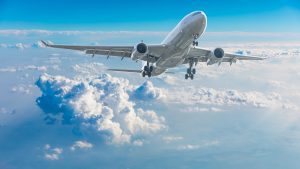Imagine you’re in a car driving down a road, and the road isn’t perfectly smooth. Sometimes you hit small bumps or potholes, right? Well, in the sky, the air isn’t always perfectly smooth either.
Airplane turbulence is like those bumps in the road but in the air. It happens when the plane encounters pockets of air that are moving differently. Just like how a boat can bounce on waves in the water, a plane can bounce in the air.
There are different kinds of turbulence:
- Clear Air Turbulence (CAT): This is like turbulence at high altitudes where you can’t see any clouds. It’s usually caused by fast-moving air streams.
- Convective Turbulence: This happens when the sun heats the ground, and warm air rises, causing the plane to feel a bit bumpy, especially on hot days.
- Mountain Turbulence: Near mountains, the wind can get wavy as it flows over and around them.
- Wake Turbulence: Larger planes leave behind a kind of “air wake” that smaller planes can sometimes feel as turbulence when they follow behind.
The good news is that pilots are trained to handle turbulence and planes are built to withstand it. They might ask you to stay seated and keep your seatbelt fastened when it gets bumpy, just like how you might hold onto something if you hit a pothole in a car.
Remember, turbulence might feel a bit unsettling but it’s a normal part of flying and planes are designed to handle it safely. So, there’s no need to worry too much about it!

